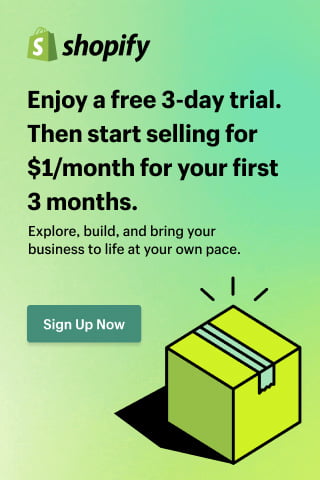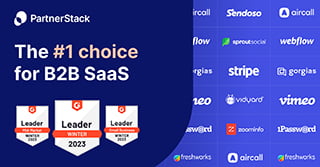Marketing
Native Video Advertising Guide For Business

What is native video advertising? Here is a guide for businesses keen to use native video advertising as part of their marketing and advertising mix.
Native advertising is vast, and paid adverts are injected into existing content on a site. For example, many publishers use Google’s native advertising platform for in-feed and in-article ads.
If you struggle to identify native adverts, you’re not alone, as this type of advertising blends in with everything on a website. It mimics the website’s template stylesheet and content.
Internet users love watching videos, and their popularity gave rise to pre-roll ads – those annoying ads you can not stop for the first few seconds. What frustrates viewers is the lack of control over the playing of the ads; well, the good news is native video advertising is not the pre-roll ads.
Native video ads are incorporated into a blog post or any content on a website without appearing irrelevant and annoying.
Native Video Advertising Guide
Let’s look at how you can get started with native video ads for your business.
1. Choose channels carefully
The channel and how you target your native video ads determine your ROI. For example, Facebook, Twitter, LinkedIn, Instagram, and so on provide native video advertising; you don’t have to choose just one channel.
Therefore do some trial runs of native video ads. Seek to understand your target customers on the platform by analyzing the platform’s user data before, during, or after every ad you run.
2. Focus on storytelling
When making native video ads, use compelling storytelling methods and real-life sceneries to connect with users and keep them engaged with the video.
Some big brands that use storytelling frequently include household names, e.g., McDonald’s, Coca-Cola, Apple, Vodafone, Nike, Airbnb, J Sainsbury, and many more.
3. Use emotional triggers
Your story must connect with people. It’s not enough to tell a story per se; therefore, for every native video ad, ensure you can successfully answer this question: can people connect with your account?
Plus, you can test your reply by saying how the advert is realistic and what the expected emotional response will be from your audience viewing the ad.
Know what moves people emotionally and makes your videos appeal to them.
4. The optimum length for your videos
There is no rule on how long a video ad ought to be, but the shorter, the better because, most times, people would get bored if it’s too long.
The message you are passing across and the emotion it would trigger is more important than the length of the video. Because it’s a story, it doesn’t have to be lengthy to work. However, the optimum size is two minutes.
5. Social listening
You can use social listening platforms to know if people are talking about your video ad and what they are saying.
6. Referrals
Referrals are measured by the number of shares. So when people share your video, you’ll know the ad has resonated with viewers. However, has it affected your viewers for the right reasons – i.e., are they reacting to it as you’d like?
Remember, poor quality or inappropriate advertising is also shared, and you want to avoid falling into this category. Always review analytics, feedback, and comments regarding your ads.
7. Retention reports

Success with native video advertising is measurable. It helps you to know if people watched your video more than once. Don’t assume they did watch it frequently because it was superb. Instead, find out why they repeatedly viewed the ad. Analyze the data and use the findings to improve parts of the production of the message so your ads improve every campaign.
8. Video reports
We all know the bounce rate – the metric for a visitor’s duration on a page.
Do you believe in knowing what percentage of people watched your video from the beginning to the end?
Plus, what demographic of people stayed with the video longer? Of course, you do, as this intel drives what you do with your next native video advertisement.
9. Use surveys
Surveys go a step further in your understanding of consumer behavior. Use the survey apps on platforms like YouTube, Facebook, and your blog to learn more about your customers and ads.
Summing Up
Native video advertising is wowing advertisers with its high ROI. Businesses are existing platforms and apps to get their message out, and measurement feedback drives success with slicker ads both in content and production.
This guide overviews the basics required to get started with video ads that will turn your viewers into advocates and customers.









